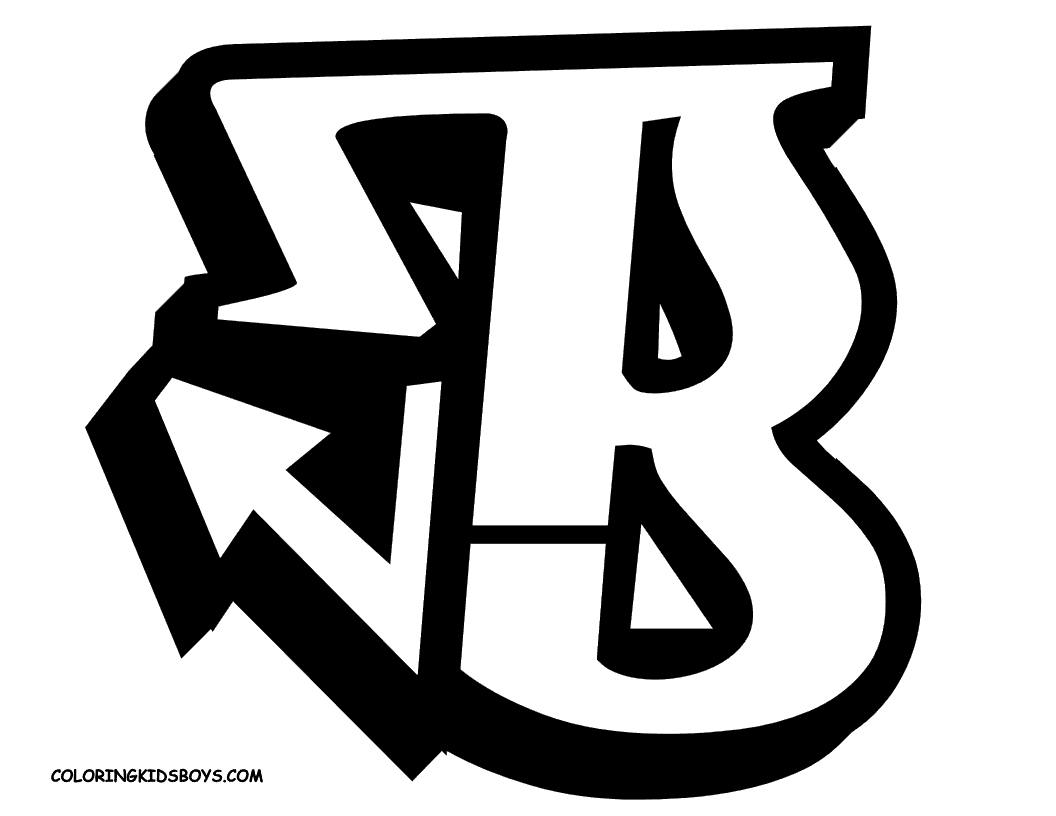


This enabled him to act as a bridge between the ghetto and the media that was creating the link. The most significant of these was Buffalo Gals, produced by Malcolm McLaren in 1983, which gave the world the chance to see for the first time the live creation of a graffiti piece, by legendary writer Dondi.įab 5 Freddy was a main instigator of the media-based link between the so-called “elements of hip hop.” Raised in Brooklyn by culturally aware black parents, Freddy was both a participant in the subcultures and fluent in the codes and contexts of the dominant culture. That influenced people in a major way, because it was the first time that all the so-called elements of hip hop were seen under one umbrella.” 7 Additionally, many of the music videos that exported rap music included scenes of graffiti. According to Phase II, one of the participants: “We went to France and London. 6Īnother important event was the New York City rap tour, which in 1982, brought to London and Paris some of the most prominent rap musicians, breakdancers and graffiti writers together in a show that was for many Europeans the first contact with these cultures. So, I asked one of the writers I knew, Take 1, and he said ‘oh yeah’ he knew the best crew in the city. So, I’d heard about it because Marty had stumbled upon breaking in her search for interesting stories. The piece was called Graffiti Rock in which I brought together graffiti slides breakdancers in the form of Rock Steady Crew and Fab Five Freddy and Rammellzee as the rappers. In 1981, Henry Chalfant, who had been photographing the graffiti on the subway cars for some years already – images he would publish shortly afterwards in Subway Art, the bible of the culture – organised a performance that showcased graffiti, rap and breakdance, the last one something new for him. It was just a party, or a jam.” 5Īside from Goldstein’s article, shows of diverse types also contributed to the creation of the link. Phase II, the most influential pioneer of graffiti, observes: “Just like aerosol culture was there before anyone even concieved of a thing called hip-hop, the party scene that existed before hip-hop basically got flipped into hip-hop.” 4 Hip-hop pioneer Fred Brathwaite, known as Fab 5 Freddy, corroborates: “no one really called it hip-hop either. The culture of rap and the DJ, which would eventually become the musical component of hip-hop, had also existed as an independent phenomenon – a party scene – for some years before the link was created. Anybody that does their homework would know graffiti came first.” 3 The movies «Wild style» and «Beat street» were the main factors responsible for the conception of hip hop. In the words of Coco144, one of the first writers: “I was listening to jazz, Latin jazz, and rock. The cultural and musical backgrounds of the graffiti writers of the seventies were as diverse as those of the local youths and spanned from psychedelic rock to music with ethnic roots. 1 An influential journalist and cultural critic, Goldstein had published, seven years earlier, the first mainstream article to speak favourably of graffiti. As we have already studied here, the phenomenon of New York graffiti appeared in 1968 and was mature by 1973, years before Richard Goldstein would link it with rap for the first time in a 1980 article in the Village Voice. This conception is so widespread that the term “hip-hop graffiti” is often used to differentiate this type of graffiti from others. Because of this, the public began to believe, as it still does so today, that graffiti in the New York tradition is, from its very inception and by its own nature, a part of hip hop. The new cultural object took form in press articles, performance shows and, in particular, in movies, some of which had wide international distribution. In 1980, media began to link graffiti with other emerging urban cultures – those of breakdance and rap music – also produced by youths from the most neglected areas of New York, creating a concept called hip hop. This artificial link is still seen in the media, and therefore also in the mainstream view of graffiti.

What does graffiti have to do with hip-hop? Published in Madrid on 8 November 2010Ībout ten years after its inception around 1970, graffiti culture started to be linked with hip-hop, a concept coined by the media to facilitate the commercialisation of graffiti and other contemporary cultures.


 0 kommentar(er)
0 kommentar(er)
